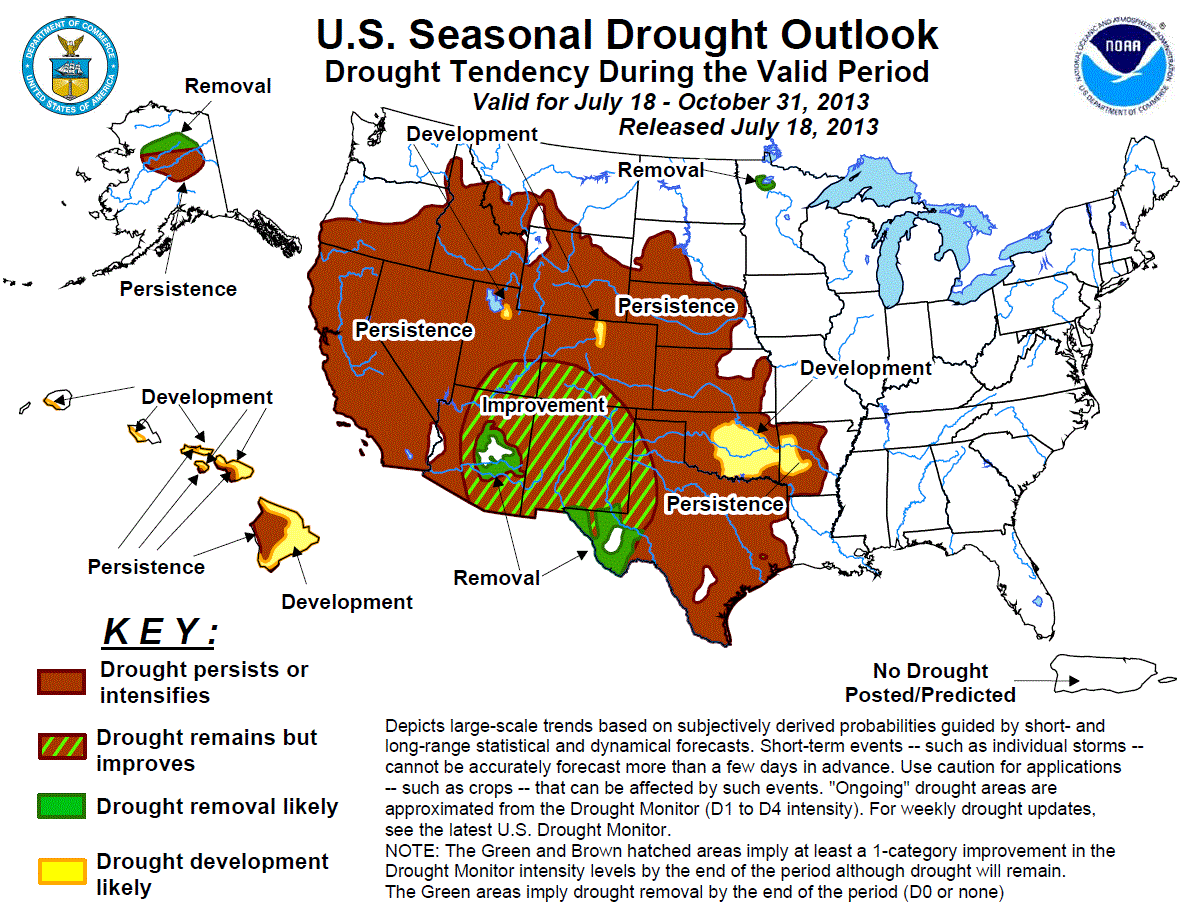Which is worse: To be in the depths of a drought, or to deny drought where it exists?
I ask the question because, as one cannot tear one’s eyes away from a train wreck about to occur, I watch Steve Goddard’s blog. Occasionally Steve or one of his fellow travelers says something so contrary to reality or fact that I can’t resist pointing it out.
In some discussion over there, Goddard suggested that because there is above-average snowpack around Salt Lake City and in Northern Utah, Lake Powell’s decade-long struggle with extreme drought is over. Therefore, to Goddard, global warming does not exist.
(No, I’m not really exaggerating. Seriously. Go look. No one there seems to have ever had a course in logic, nor in English composition and essay writing. If Al Gore got svelte, one suspects half the commenters there would never be able to speak again.)
It is true that this year, contrary to the past decade, snowpack is high along the Wasatch Front and in the Uinta Mountains of Utah, and in Wyoming and Colorado areas that drain into the Green and Colorado Rivers. Consequently, forecasters say that Lake Powell may gain a few feet of depth this year. Powell is down about 50 feet, however, and even a record snowpack won’t erase the effects of drought on the lake. (Yeah, I know: The Wasatch doesn’t drain into the Colorado system — it drains to the Great Salt Lake, as indeed do many of the streams that have great snowpack in Utah — so a lot of the record snowpack won’t get within 400 miles of Lake Powell. That’s geography, and it would be one more area that commenters would embarrass themselves in. Don’t ask the pig to sing if you aren’t going to spend the time to teach it; if you need the aphorism on teaching pigs to sing, look it up yourself.)
Since Lake Powell won’t lose a lot of elevation this year, the Goddardites (Goddardians? Goddards? Goddardoons?) pronounce the U.S. free of drought.
Right.
Check it out for yourself, Dear Reader. Here’s an animation from the National Drought Center, showing drought measurements in the contiguous 48 states plus Alaska and Hawaii, over the past 12 weeks:

Drought in the U.S., 12 weeks ending May 17, 2011, National Drought Mitigation Center, U of Nebraska-Lincoln - click on map for a larger version at the Drought Monitor site.
Here’s the drought outlook map from the Climate Prediction Center at NOAA:

U.S. Seasonal Drought Outlook Map, released May 19, 2011, NOAA and the Climate Prediction Center - click image for a larger version at NOAA's site.
It would be wonderful were these droughts to break soon. But that is very unlikely.
So, why would anyone deny it?
Then, just to indicate the bait-and-switch logic these guys use, Goddard came back with a claim that the 1956 drought in Texas was worse, as if that means the current drought doesn’t exist. Fore reasons apparent only to those whose heads get pinched by tinfoil hats, he also notes the CO2 levels for 1956. I think I know what point he’s trying to make, but someone should tell him that apples are not oranges, and comparing apples and oranges to pomegranates doesn’t increase the supply of tennis balls.
Let’s just stick to the facts. The experts who must operate the dams and lakes and get water to Mexico on schedule say the drought along the Colorado persists. Who are we to gainsay them?
Resources:
- Bureau of Reclamation site on Upper Colorado River management, with lots of statistics
- Upper Colorado snowpack map (it looks good, if you like a surplus of snow, except for the drainage area right around Lake Powell, where the drought is still strong)
- Deseret News story on Utah legislators and government officials taking a tour of Colorado River snowpack sites
- Discussion of what Utah could do with the surplus water (Deseret News); discussion of floods expected from the snow, which will melt too fast in the spring (the warming that Goddard denies) (note data on Lake Powell, 45 feet low, expected to rise by as much as 25 feet this spring — which will still leave it 20 feet low).
- The late, great Utah Gov. Scott Matheson commented on snowmelt floods that required Salt Lake City to turn major roads into rivers: “It’s a helluva way to run a desert.”
- Current drought in Lake Powell started in 1999, says the Bureau of Reclamation
- Lake Mead at historic low levels from drought, November 1, 2010 story in the Arizona Republic (Mead is the lake behind Hoover Dam, near Las Vegas, downriver from Lake Powell)
- Earlier post on Lake Powell and climate change denialists at Millard Fillmore’s Bathtub (this past April 20)
- NASA Earth Observatory slides showing shrinking of Lake Powell between 2000 and 2010
- “Western drought: The worst is yet to come,” ScienceNow (AAAS), February 2007
- See photos of the drought’s effect on Lake Powell between 2000 and 2004, below

GEOSat photos of Lake Powell and drought, 2000 to 2004 - Dr. Paul R. Baumann, SUNY - Oneonta College
Spread the word; friends don't allow friends to repeat history.



 Posted by Ed Darrell
Posted by Ed Darrell 







